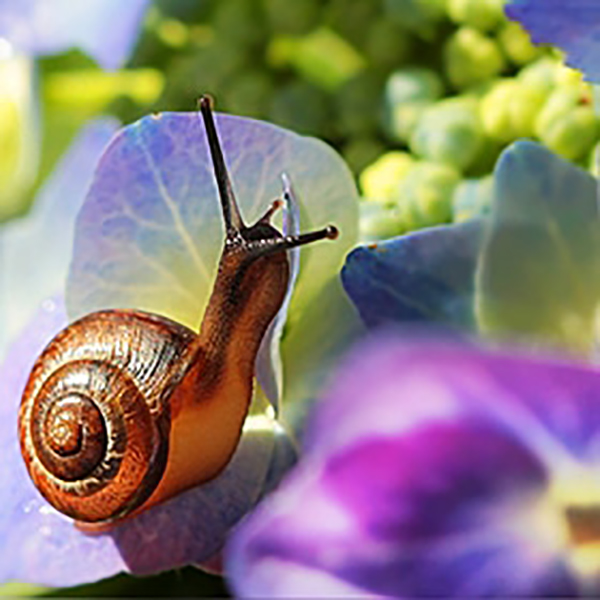
By Dirk Coburn, M.C.H.
For much of this season, and even now, we on the Plant Health Desk have fielded calls and visits from customers concerned about leaf spotting, powdery mildew, and elevated incidences of other fungal and viral issues. In discussing these matters, we typically mention that these phenomena have to do with the moist, humid year we have had compared to average.
Now we are getting photos sent to us of some plants that are wilting, or whose foliage is going brown and crisp for want of water.
Too moist and too dry — how can this be?
The answer is that there is no substitute for monitoring current conditions in our landscapes. Key environmental measures have changed. With one or two exceptions, summer rains have been quick and/or light. In much of our region, July and August weather has done what it usually does; it has evaporated from the top foot or two of soil much of the soil moisture that our wet winter and spring left for us. For the last several weeks there has been a high percentage of sunny days with warm breezes. While this weather does not reverse fungal or viral issues that started earlier in the summer, it does change things for our plants.
If you have planted new trees, shrubs, and perennials this year, now is the time that they most need diligent and disciplined deep watering: deep enough to wet all roots and the soil below and beyond the roots, frequently enough to prevent fine roots from going bone dry and dying, and not too frequently so that the roots have an opportunity to exchange oxygen and carbon dioxide between waterings. Our guidelines that accomplish those three imperatives for the vast majority of plants and environments can be found on our web site here: https://www.westonnurseries.com/watering-guidelines/.
The best insurance that you can give to your plants newly planted this season is to water them right up to the hard ground freeze – not the first frost but the date after which the ground remains frozen and does not thaw. In central and eastern Massachusetts this occurs typically between Thanksgiving and the middle of December. This may mean carrying water to your plants after you have turned off your spigots and put away your hoses for the season, and after you have shut down your irrigation system if you have one. As evaporation rates fall in October and November, you can reduce the frequency of watering to a couple of times a month.
You may find soaker hoses and Gator bags helpful in your strategy to keep your new plants adequately watered. Weston Nurseries carries these and other watering aids.
After the hard freeze, it is a good idea to spread a winter mulch over the root zone of any newly planted trees or shrubs that are exposed to the sun. A winter mulch is different from the summer bark mulches. You want a mulch that will insulate the ground without holding a lot of water itself. Shredded straw, pine straw, and boiled hay are good winter mulches. Weston Nurseries carries a great winter mulch product from Lucerne Farms. Winter mulching keeps the roots from thawing on sunny winter days, which can stress a tree or shrub. The dryness of the winter mulch inhibits fungal issues in the spring, when cool moisture could promote spore germination.









